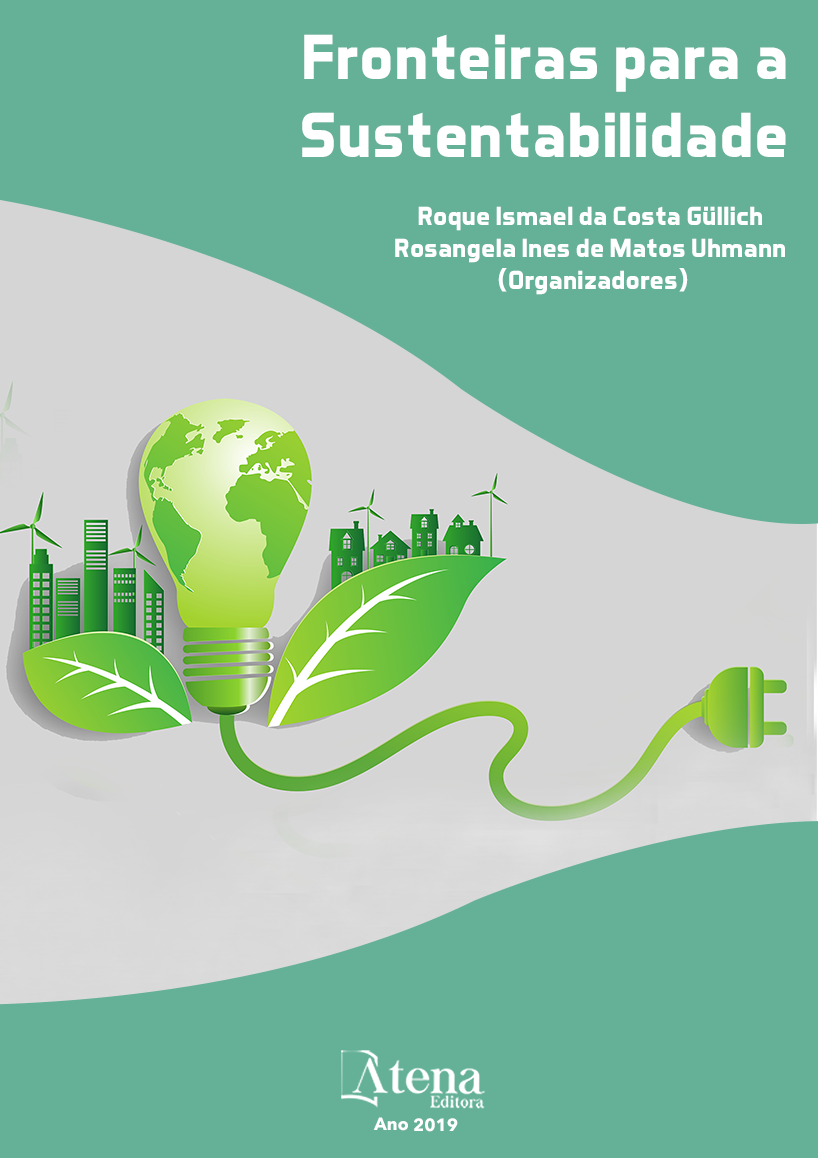
ANÁLISE DO DESTINO FINAL DE RESÍDUOS DE UMA EMPRESA TIPO MATADOURO
A carne bovina é um alimento
muito consumido e extremamente importante
na dieta da população. Como consequência
das operações de abate de bovinos, originamse vários subprodutos e/ou resíduos que
devem sofrer processamentos específicos,
não dispondo-os aleatoriamente no meio
ambiente. A tendência é que todas as empresas
adotem essa postura de responsabilidade
sócio ambiental, as chamadas empresas
sustentáveis, melhorando a qualidade de
vida da população. A pesquisa objetivou-se
analisar o gerenciamento de resíduos sólidos
e águas residuais de um matadouro bovino. A
análise foi feita através de visita ao matadouro,
observando seu fluxograma de processo, com
suas respectivas fontes geradoras, as formas
de acondicionamento, transporte, tratamento
e destinação final dos resíduos gerados. Os
resíduos gerados são: urina, fezes, sangue,
pele (couro), ossos, vísceras não comestíveis,
órgãos condenados pela inspeção, bílis, cálculo
biliar, pênis, testículos, chifre, casco e águas
residuais. A indústria aplica alternativas para
o seu reaproveitamento como: recolhimento
das fezes para produção de adubo orgânico,
produção de farinha de sangue, carne e ossos,
couro vendido para produção de bolsas,
sapatos, água residual enviada para lagoas de
estabilização, decantada e usada para irrigação.
Chifres e cascos vendidos para produzir botões,
pentes, e berrantes. Bílis e cálculo biliares
vendidos para indústrias farmacêuticas. Pênis
e testículos vendidos para países do oriente
e consumidos como uma iguaria. Conclui-se
que o matadouro apresenta um gerenciamento
adequado dos resíduos gerados, como também
das águas servidas, assim como preconiza a
legislação, evitando dispor estes aleatoriamente
no meio ambiente.
ANÁLISE DO DESTINO FINAL DE RESÍDUOS DE UMA EMPRESA TIPO MATADOURO
-
DOI: 10.22533/at.ed.5461901101
-
Palavras-chave: Resíduos, Efluentes, reaproveitamento.
-
Keywords: Waste, Effluents, reuse.
-
Abstract:
: Beef is a very consumed and extremely important food in the diet of
the population. As a consequence of the slaughtering operations of cattle, several
by-products and / or residues are produced that must undergo specific processing,
not disposing them randomly in the environment. The tendency is for all companies
to adopt this position of socio-environmental responsibility, the so-called sustainable
companies, improving the quality of life of the population. The objective of this
research was to analyze the management of solid waste and wastewater from a bovine
slaughterhouse. The analysis was made through a visit to the slaughterhouse, observing
its process flow chart, with its respective generating sources, the forms of packaging,
transport, treatment and final destination of the generated waste. The waste generated
is: urine, feces, blood, skin (leather), bones, inedible viscera, organs condemned by
inspection, bile, gallstone, penis, testicles, horn, hull and waste water. The industry
applies alternatives to its reuse such as: stool collection for the production of organic
fertilizer, blood meal production, meat and bones, leather sold for the production of
bags, shoes, wastewater sent to stabilization ponds, decanted and used for irrigation.
Sold horns and hooves to produce buttons, combs, and gaudy. Bile and gallstones sold
for pharmaceutical industries. Penises and testicles sold to countries of the East and
consumed as a delicacy. It is concluded that the slaughterhouse presents an adequate
management of the waste generated, as well as of the wastewater, as well as it
recommends the legislation, avoiding disposing of these at random in the environment.
-
Número de páginas: 15
- Ayla de Lucena Araújo
- Arivânia Lima de França
- João Alexandre Costa Camapum
- Maria Crisnanda Almeida Marques
- Cristina Zita de Morais Costa Dias Barbosa


